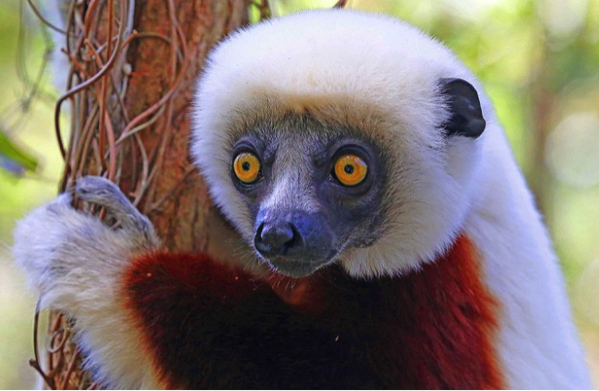Over half of primates now facing extinction
A new report reveals that primates are facing an impending "extinction crisis," with 60% of all primates now at risk of extinction.
The research, published in the journal Science Advances, assessed the conservation status of 504 species of nonhuman primates and found that three-quarters of the world's primate species are undergoing an "alarming" population decline.
The primates are a diverse order that include apes -- our closest biological relatives -- as well as monkeys, lemurs, lorises and tarsiers.
All of the current threats to primates, including habitat loss, bushmeat hunting and the illegal pet trade, are being driven by human activity, researchers said. The destruction of habitat extinguishes resources such as shelter, food and water, divides social groups, and also leaves primates open to the risk of predation and contamination from pathogens. Activities such as mining, industrial agriculture, cattle ranching, oil drilling and logging are all responsible for dramatic deforestation in the tropical forests inhabited by primates.
There are several primate species already on the precipice of extinction. The Miss Waldron's red colobus, which resides in southern Ghana and Cote d'Ivoire, has not been seen by primatologists in 25 years. The Javan slow loris is another leader in the current race to extinction, due largely to illegal trade. The same applies many langurs in Asia, lemurs in Madagascar, orangutans in Southeast Asia and gorillas and chimpanzees in Africa. The Sumatran orangutan population has also slid dramatically over the last 10 years, with only 14,500 now remaining. The swampy forests that they inhabit are increasingly being cut and drained for palm oil production, one of the most damaging practices currently affecting primate habitat around the world.
Primates are a key indicator of the overall health of the ecosystems in which they reside. Their decline is a red flag not only for other animals, but also for humans.

No comments:
Post a Comment